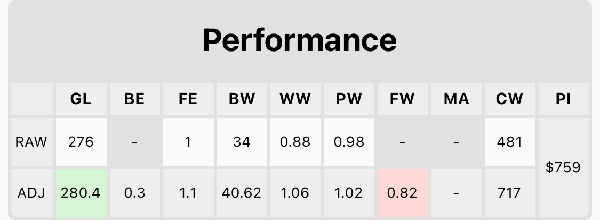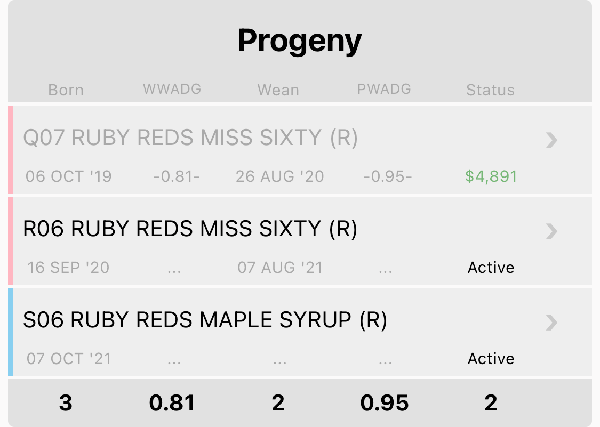Animals can be created as a group or individual, this allows you to track detailed data on long life animals like cattle and more compressed data on single season animals like chickens.
If the animal is registered, you can link to a supported registry by pressing the menu button in the top right, then select the 'Link Registration' option.
Each animal contains the following fields:
Type: sets the record as an individual or a group.
Name: is the friendly name for the animal.
VID Tag: is the visual or management tag for the animal, this can be updated at any time and previous tag numbers will be retained in the animals event history.
EID Tag: is the electronic (NLIS/NAIT etc...) tag for the animal, this can be updated at any time and previous tag numbers will be retained in the animals event history. This is especially helpful for compliance in countries where unique identification is required.
Status: determines the current state of the animal. You can select either 'Active' or 'Reference'.
- Active animals are the animals that you own.
- Inactive is a sub status to active, an animal will automatically be marked as inactive once it has a sold or deceased event.
- Reference animals are used to identify animals you hold genetic inventory in, or to fill out a pedigree (reference animals are NOT counted against your animal quota).
Owner: specifies ownership of the animal, this field is useful on family farms where multiple family members own animals.
By specifying ownership, purchases and sales will automatically be assigned to the relevant business simplifying end of year reporting for taxes.
Pasture: specifies the current location of the animal - Optional.
D.O.B: is the animals date of birth - Optional.
Litter: is the litter size for the animal - Defaults to 1 (SG - Single) when a date of birth is provided.
BW: is the animals birth weight - Optional.
Gender: is the animals gender. If you can't identify at birth, use the question mark which will list the animals as 'UNKNOWN'.
Species: is the animals species. You can select from Cattle, Sheep, Goat, Alpaca, Llama, Swine, Horse, Chicken, Camel, Rabbit, Duck, Turkey.
Breed: is the animals breed makeup. If you specify a sire and dam below, the breed makeup will be automatically calculated.
Comment: is an optional field to store additional information about the animal - Optional.
Inbreeding: is an automatically generated coefficient of inbreeding using Wright's Inbreeding Coefficient based on the pedigree.
Sire: is the animals sire - Optional.
Dam: Is the animals maternal dam - Optional.
Donor: Is the animals genetic dam - Optional.
Use this field if the animal was conceived from an Embryo Transfer.
Foster: Is the animals foster dam - Optional.
Use this field if the animal was fostered / grafted to another dam.



